Community-Based Tourism Initiatives: Journeys That Give Back
What Community-Based Tourism Really Means
Community-based tourism initiatives invite visitors to learn by doing—cooking, farming, weaving, or guiding—so each activity strengthens local skills, preserves traditions, and channels income where it matters most.
What Community-Based Tourism Really Means
Instead of external operators dictating terms, residents set priorities, define carrying capacities, and reinvest earnings in schools, water systems, and conservation efforts that reflect their values and long-term aspirations.
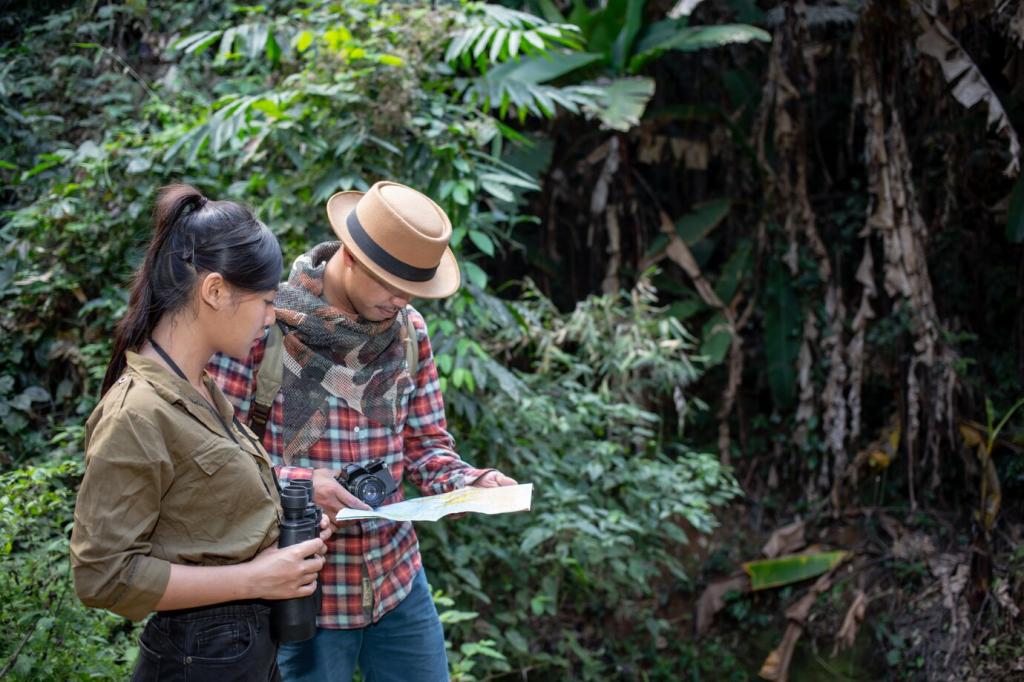

Building Fair and Lasting Partnerships
Successful initiatives begin with conversations about hopes, fears, and cultural boundaries. Listening first helps align itineraries with planting seasons, festivals, and sacred days that must remain undisturbed.
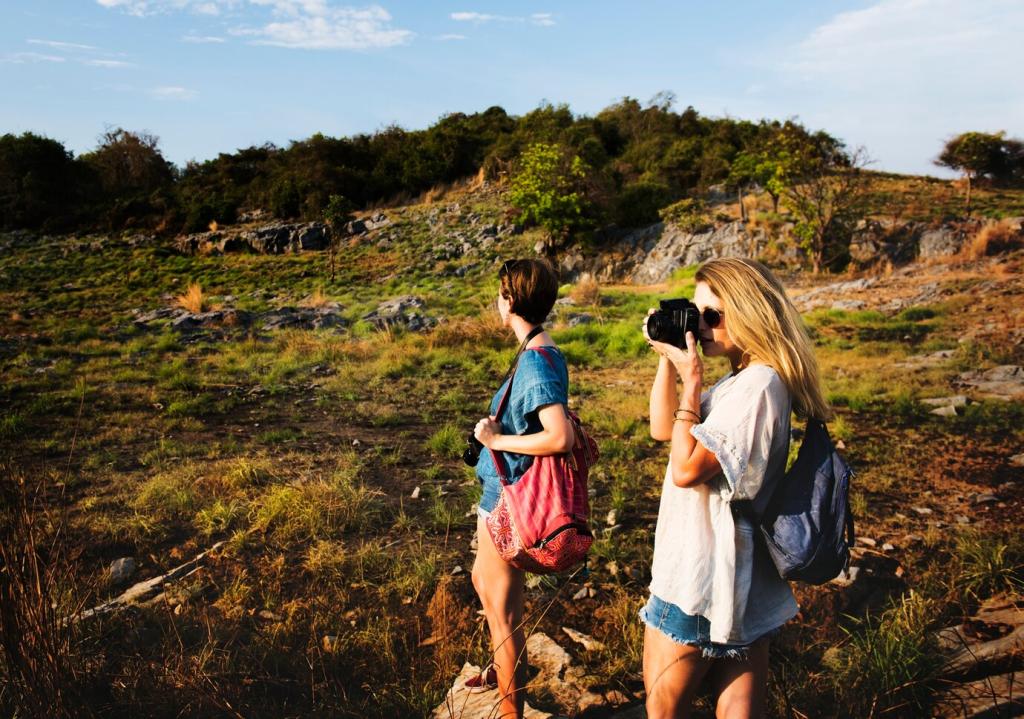
Building Fair and Lasting Partnerships
Transparent community rate cards reduce misunderstandings. When everyone sees how guide fees, homestays, and craft sales distribute earnings, confidence grows and partnerships naturally extend beyond a single season.
Safeguarding Culture With Care
Clear guidelines about photography, ceremonies, and sacred spaces prevent awkward moments. Consent protects dignity, and visitors often appreciate the depth that mindful boundaries bring to storytelling and participation.
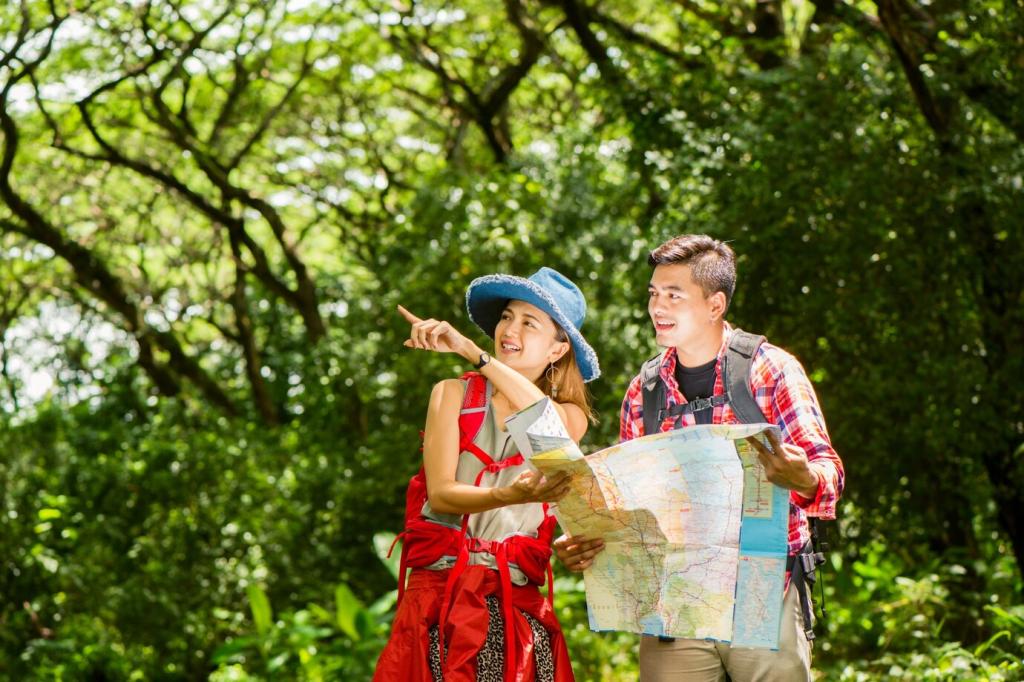
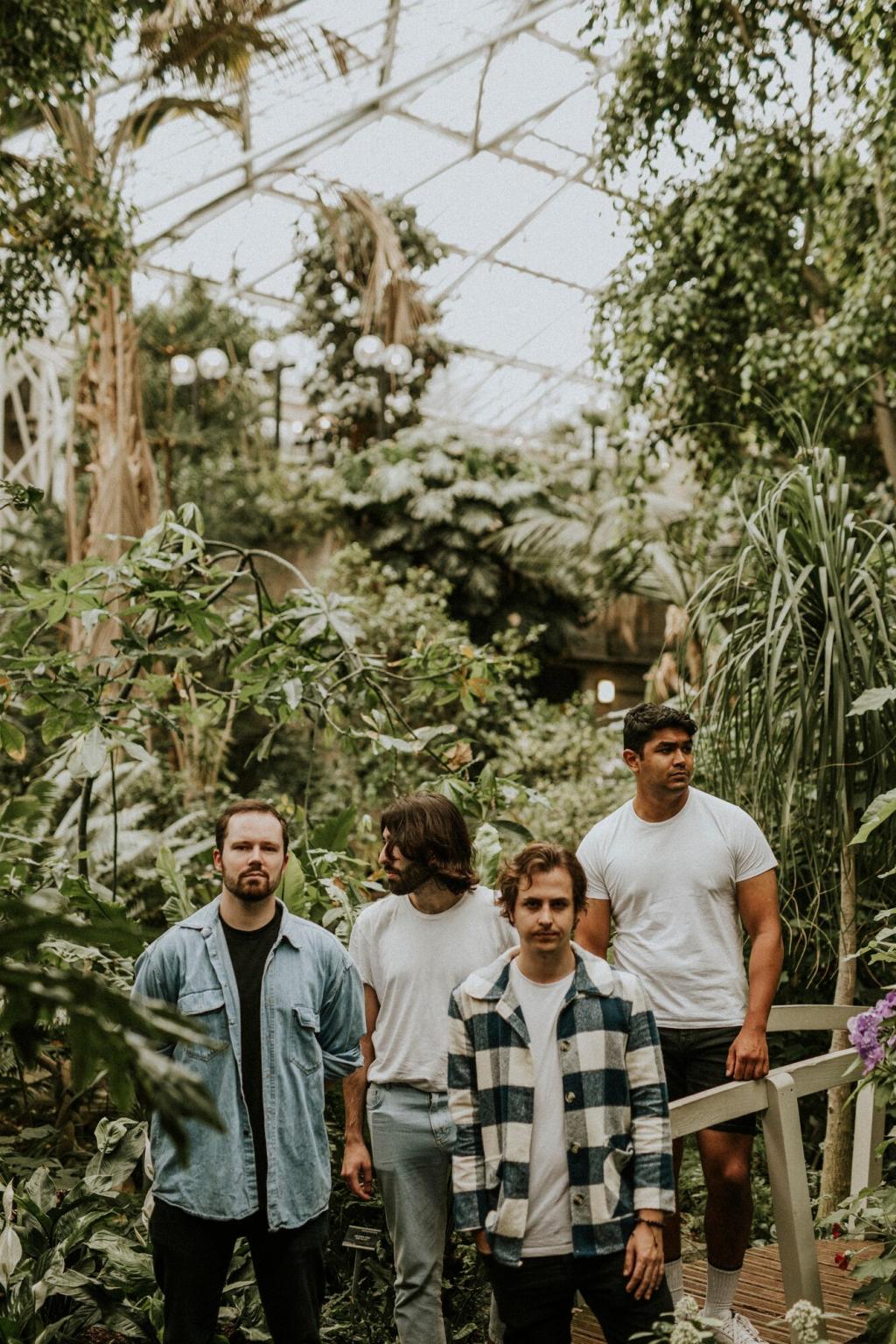
Safeguarding Culture With Care
Instead of staged spectacles, initiatives prioritize everyday practices—like dyeing threads with local plants or baking on clay griddles—so authenticity survives and artisans gain real recognition for their mastery.
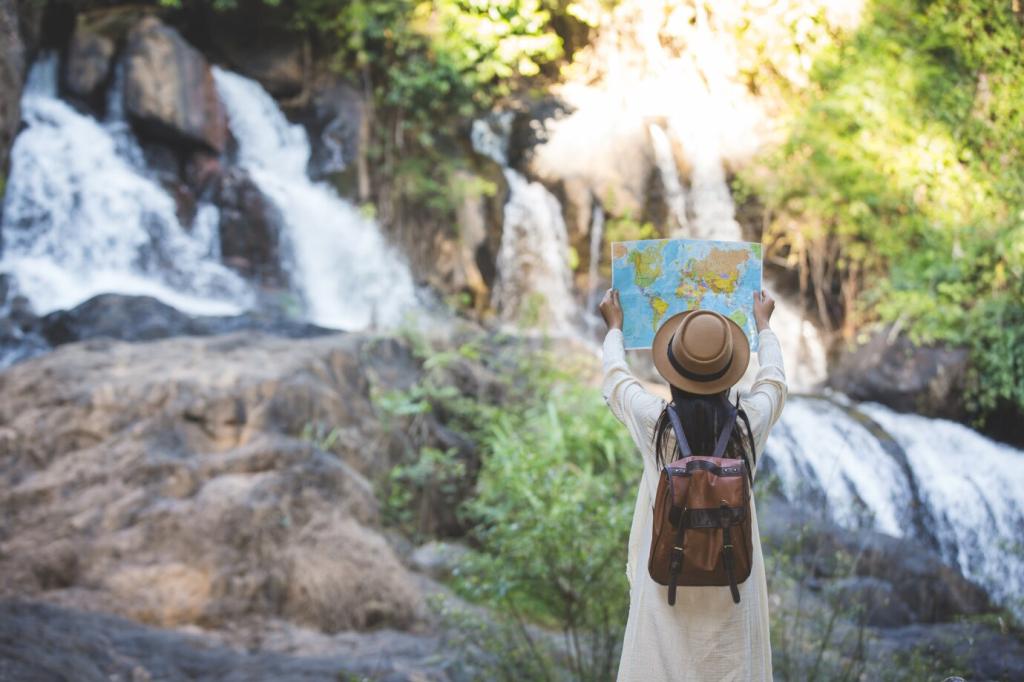
Local rangers track wildlife, set visitor limits, and run replanting days. Fees fund nurseries, trail maintenance, and monitoring, turning every guided walk into a small investment in ecological recovery.
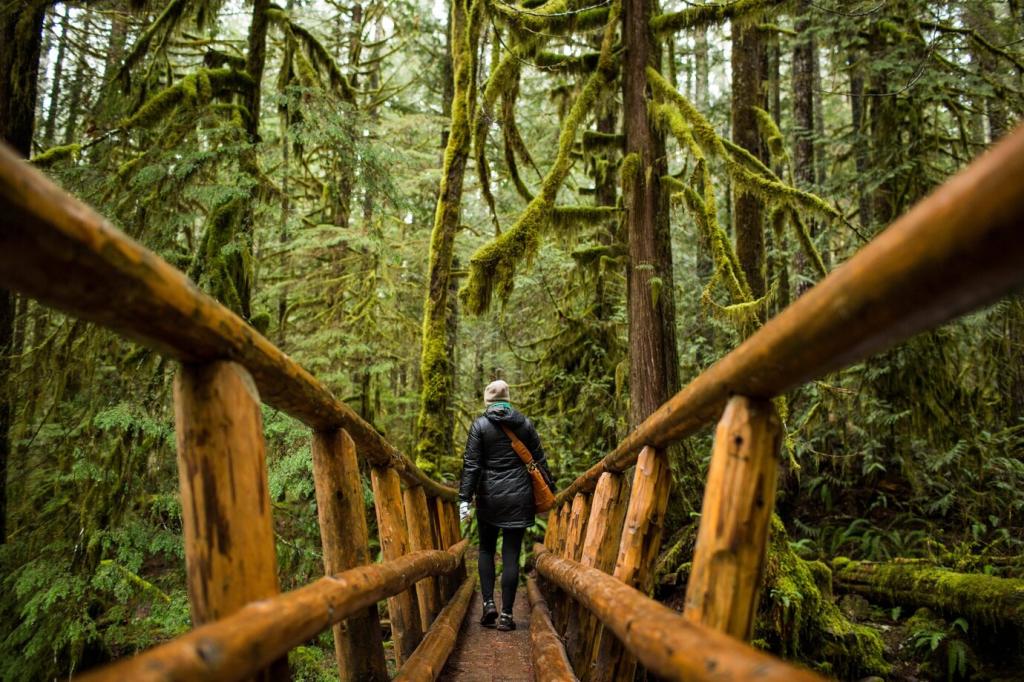
Shorter supply chains, refill stations, and caps on group sizes reduce footprints. Thoughtfully designed routes avoid erosion, while quiet hours let animals feed and nest without unnecessary disturbance.
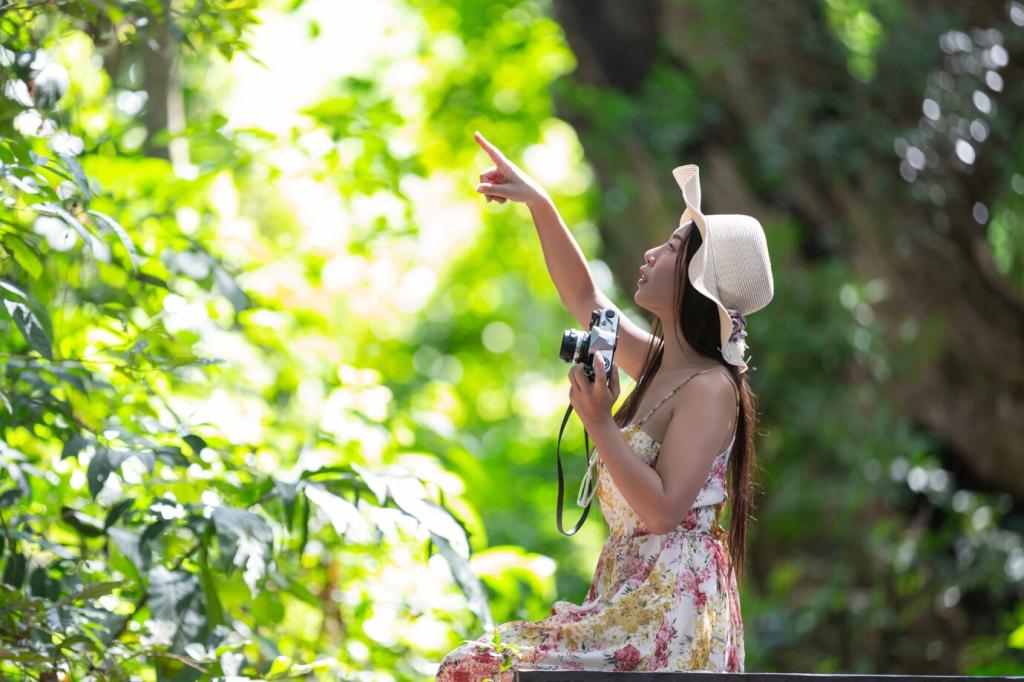
Travelers once joined a dawn paddle with fisher families, planting mangrove seedlings between casting nets. Months later, the community shared photos of new shoots sheltering juvenile crabs and seahorses.
Designing Authentic Experiences
Hosts introduce family routines, not curated sets. Guests chop vegetables, learn lullabies, and witness quiet moments that reveal how resilience, humor, and hospitality braid together in daily life.
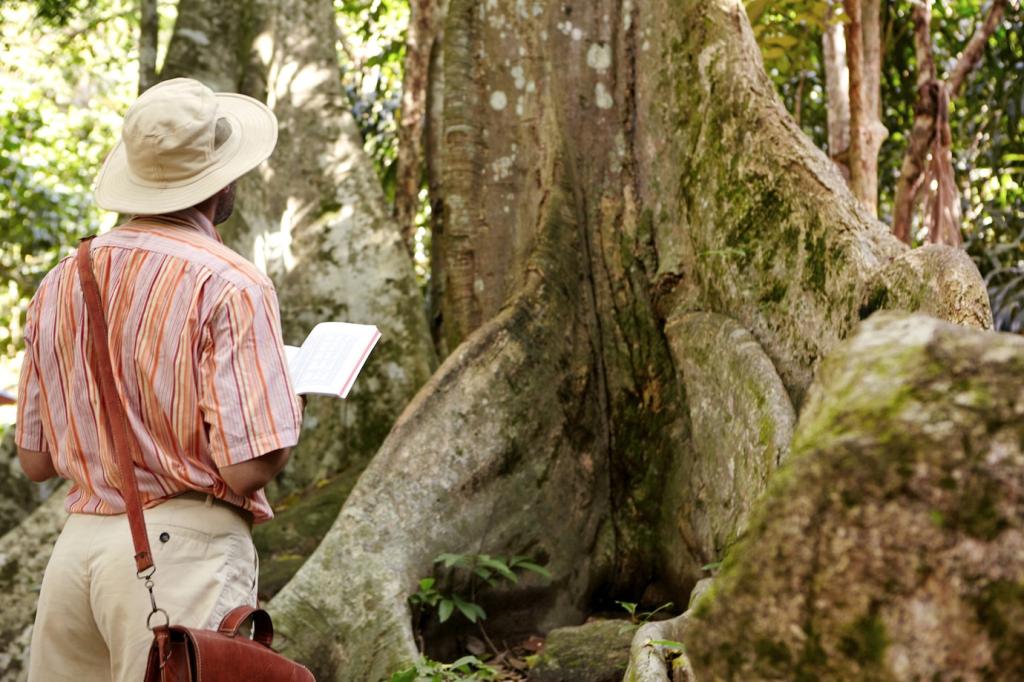
Measuring Impact and Sharing Transparency
Community Dashboards That Inform
Simple scorecards track visitor numbers, earnings, conservation hours, and cultural activities supported. Public noticeboards or newsletters keep everyone informed and invite ideas for smarter improvements.
Feedback Loops With Teeth
After each visit, hosts and guests exchange feedback. Communities decide actions—like adjusting routes or revising briefings—so learning translates into tangible changes rather than polite, forgotten notes.
Celebrating Wins, Owning Missteps
Publishing successes alongside challenges builds credibility. One coastal group shared a snorkeling mishap, then redesigned safety briefings; bookings rose because travelers valued honest communication and preparedness.
Ask questions, follow local guidance, and be patient with slower pacing. Your willingness to adapt often unlocks deeper stories and meaningful invitations that would never appear in a rushed itinerary.
How You Can Support and Engage
Choose community-run guides, meals, and crafts. Tip transparently and credit artists when sharing online, ensuring recognition and income flow back to the people who shaped your experience.
